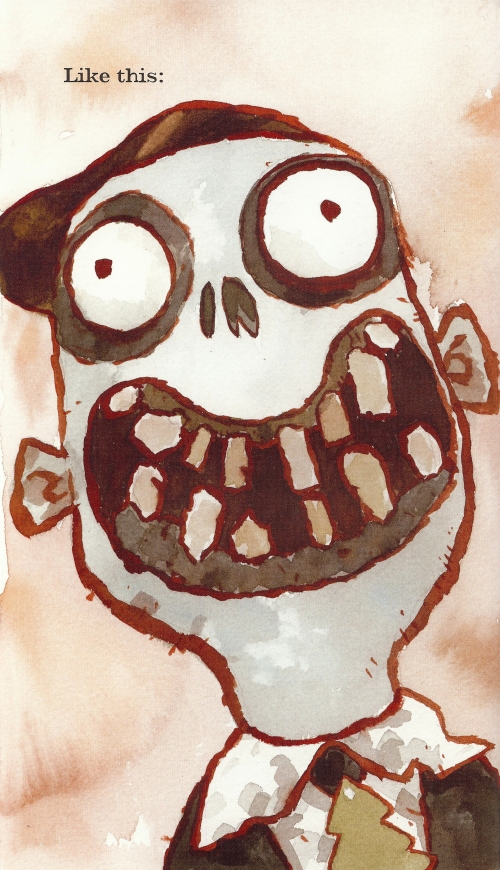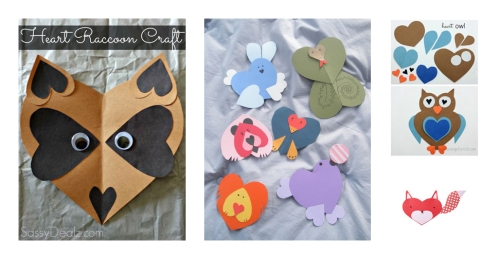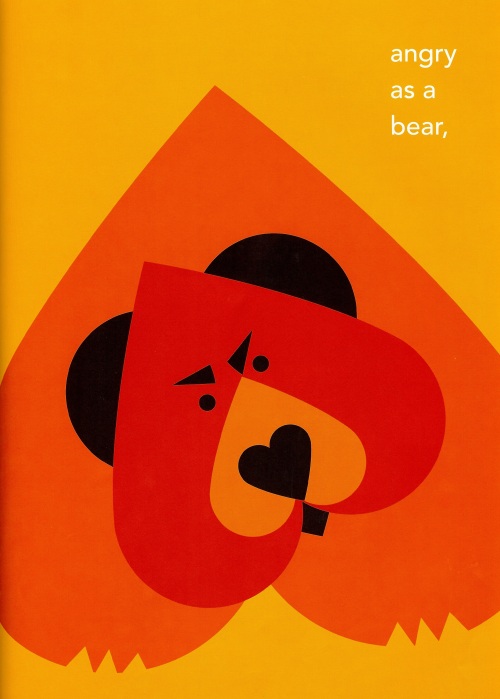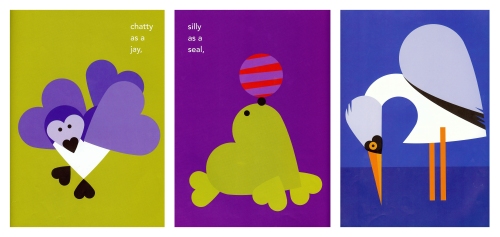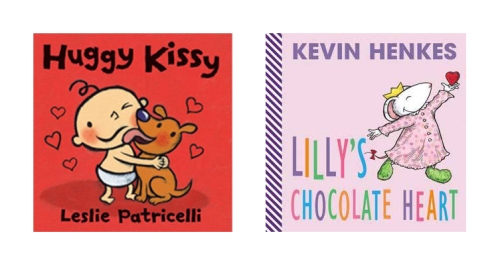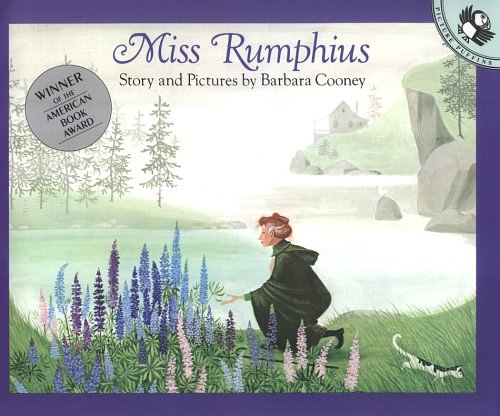A friend and high school classmate of mine runs a fantastic blog called PreachTeach, offering thoughts on family life from the perspective of a woman of faith and a former teacher. This week, the PreachTeach, Erica Douglas, offered up an amazing picture book recommendation for Black History Month: “Henry’s Freedom Box: A True Story of the Underground Railroad.”

After reading Erica’s words of praise for Ellen Levine’s educational but captivating book, I jumped online and reserved a copy of the book at the Ames Public Library.
Her recommendation was well-timed, especially considering how tongue-tied I found myself trying to explain Martin Luther King Jr. Day to my 5- and 4-year-olds last month.
I am grateful my girls have grown up in an environment in which they consider differences in skin color no more worthy of comment than differences in eye color. Although I recognized that there are places in the world —in this country, for that matter — where racial inequality and discrimination still exist, my children have yet to be exposed to the idea that anyone could be treated with unkindness simply because he or she was born with skin any shade but white.
 In fact, our discussion about Martin Luther King Jr. only came about because Eloise, my kindergartener, wanted to know why she had school on January 20th, while her younger sister Charlotte’s preschool did not.
In fact, our discussion about Martin Luther King Jr. only came about because Eloise, my kindergartener, wanted to know why she had school on January 20th, while her younger sister Charlotte’s preschool did not.
“Well, today is Martin Luther King Jr. Day, and some schools and business close to celebrate it as a holiday,” I said. “I’m sure you’ve been talking about Martin Luther King Jr. in school, haven’t you?”
Apparently they had not (although you can’t always trust a kindergartener’s report on what they’ve been up to at school).
I have to admit, I was apprehensive about delving into the topics of civil rights and slavery. First, I have neither the talents of a teacher nor the adequate mastery of the history to feel qualified to do it justice. Second, I was uncomfortable with the idea of telling my daughters that people once thought that those with dark skin were not considered a white person’s equal.
I honestly think Eloise and Charlotte have never given skin color a passing thought. So why introduce the idea? Would it cause them to observe a difference (if only visual) that they had never considered before? It was the same thought process I went through when debating whether to take the girls to Monsters Inc. We had never had bedtime fears, especially not about monsters under the bed or in the closet. Would watching the movie cause them to wonder if there are monsters lurking a night?
As my mind turned circles with Eloise waiting patiently for an explanation, I came to two conclusions: 1.) I MAJORLY overthink things, 2.) There’s no ignoring history.
As much as I’d like my children to live forever in their bubble that’s void of any ignorant discrimination, I know that someday, likely much sooner than I can imagine, they’ll hear someone being made fun of for how they look, how they talk, how they love, how they adapt to learn or what they need to physically navigate the world.
If they can be taught the history of racial inequality in our country, of genocide in many other parts of the world, and they can understand the injustice and horror of slavery, then they will be better armed to recognize the existence of discrimination and inequality in the world around them.
As the political theorist and Irish statesman Edmund Burke is credited with saying:
“Those who don’t know history are destined to repeat it.”
It is my hope that my children will be taught an adequate amount of American and world history over the course of their formal education, including units on slavery and civil rights. But a parent cannot rely on schools alone to teach our children about humanity’s past mistakes and to teach them what tolerance and equality mean in today’s world.
My girls need to hear me say that it’s wrong to treat people unfairly because they differ from us in some way, be it how they look or act or what they believe or don’t believe about God and what He teaches. They need to hear me say that we need to respect others’ differences, even if we don’t understand them. They need to see me show respect to those who are different than me and show compassion for those who experience greater struggles or disadvantages than I do.
So how do we teach children about slavery and inequality without making the world seem like a bad and scary place? I’m not sure. But reading “Henry’s Freedom Box” together was a great place to start.
Author Ellen Levine accomplished a remarkable feat with this picture book. It tells the true story of Henry Brown, a slave who was first sold and separated from his family at age 13 and later lost his own wife and three children when they were sold in a slave market. Desperate for freedom and ownership over his own life, Henry mailed himself to freedom, crunched into a 3’x2’x2.5’ crate bound for Philadelphia, “a place where there are no slaves!”
As Erica put it on PreachTeach, “the story expresses the ugliness of slavery so simply to children.” Levine opens her story in such a way that children are quickly able to comprehend the injustice of the life of a slave:
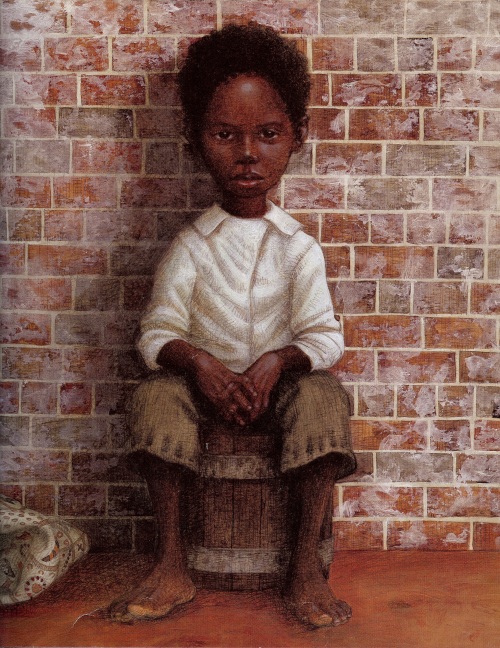
“Henry Brown wasn’t sure how old he was. Henry was a slave. And slaves weren’t allowed to know their birthdays.”
No birthday?! I think the shock of that alone grabbed Eloise attention and held it the whole book through.
I, however, was moved to tears by this image:

Henry is held on his mother’s lap and wrapped in her arms just the way I sit with my children. While she holds him, she says:
“Do you see those leaves blowing in the wind? They are torn from the trees like slave children are form from their families.”
These words were so moving; I was curious if it was, indeed, something Henry’s mother had spoken to him as a youth. The narrative he so passionately composed in 1816 (available in full here) reveal the pain of this memory in full detail:
At an early age, my mother would take me on her knee, and pointing to the forest trees adjacent, now being stripped of their thick foliage by autumnal winds, would say to me, “my son, as yonder leaves are stripped from off the trees of the forest, so are the children of slaves swept away from them by the hands of cruel tyrants;” and her voice would tremble, and she would seem almost chocked with her deep emotions, while the big tears would find their way down her saddened cheeks, as she fondly pressed me to her heaving bosom, as if to save me from so dreaded a calamity. I was young then, but I well recollect the sadness of her countenance, and the mournfulness of her words, and they made a deep impression upon my youthful mind. Mothers of the North, as you gaze upon the free forms of your idolized little ones, as they playfully and confidently move around you, O if you knew that the lapse of a few years would infallibly remove them from your affectionate care, not to be laid in the silent grave, “where the wicked cease from troubling,” but to be the sport of cruel men, and the victims of barbarous tyrants, who would snatch them from your side, as the robber seizes upon the bag of gold in the traveller’s hand; O, would not your life then be rendered a miserable one indeed? Who can trace the workings of a slave mother’s soul, as she counts over the hours, the departure of which, she almost knows, will rob her of her darling children, and consign them to a fate more horrible than death’s cold embrace! O, who can hear of these cruel deprivations, and not be aroused to action in the slave’s behalf?
These words encapsulate every mother’s greatest fear – that one’s child could be taken from her forever. For Henry’s mother, this fear was a guaranteed eventuality, and that fear was realized when her master died and his slaves were divided amongst his four sons.
Henry was sent to work at one of the sons’ tobacco factory where, “if you made a mistake, the boss would beat you.” Artist Kadir Nelson breathtaking beautiful images capture the not-so-beautiful parts of Henry’s life and the lives of his fellow slaves. You see the dejection in his eyes and posture. You see the white man glaring at him on the street. You see the panic in Henry’s face when he learns his wife and children have been sold. You see the fear in his son’s face as he’s carted away.

But you also see the determination in Henry’s face and the steel in his back when he decides to risk death and mail himself to freedom. And you see his long-awaited happiness when he finally escapes the confines of that box.

Levine and Nelson have elegantly communicated the sad realities of slavery but have done so in captivating story-telling form. Young readers are impressed by Henry’s daring escape and are particularly fascinated by the cut-away images revealing Henry hidden within his cramped box.

The book contains just the right amount of biographical and historical information to be educational but does not overwhelm the reader with heavy amounts of facts that could be beyond their understanding. However, the author’s note on the closing page offers incredibly well-summarized overviews of slavery, the Underground Railroad and more specific details of Henry Brown’s journey.
Thank you to Erica and TeachPreach for giving me this tool to open my daughters’ eyes to an important part of all Americans’ history.
Read Full Post »













